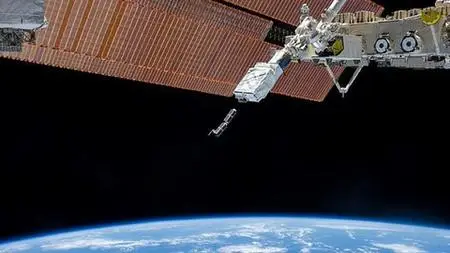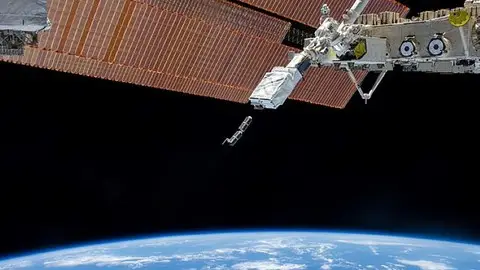Processing Copernicus Sentinel-2 Data Using Python
Published 12/2023
MP4 | Video: h264, 1920x1080 | Audio: AAC, 44.1 KHz
Language: English | Size: 327.82 MB | Duration: 0h 56m
Published 12/2023
MP4 | Video: h264, 1920x1080 | Audio: AAC, 44.1 KHz
Language: English | Size: 327.82 MB | Duration: 0h 56m
Learn how to use Python to access the Copernicus Dataspace Ecosystem, and process and analyze Sentinel-2 imagery
What you'll learn
Create a Copernicus Open Dataspace account
Install and setup Anaconda for Python development
Search, filter and download Copernicus Sentinel-2 data using the Python API
Analyze and process Copernicus Sentinel-2 data
Requirements
No programming experience or other prerequisites needed. You will learn everything as part of the course.
Description
The use of remote sensing data is growing, with the need to use such data for many applications ranging from the environment to agriculture, urban development, security and disaster management. This course is intended for beginners who would like to make their first acquaintance with remote sensing data, and learn how to use freely available tools such as Python to analyze and process freely available imagery from the Copernicus Sentinel-2 mission. No prerequisite knowledge is required.Through a step-by-step learning process, this course starts off with setting up a Copernicus Dataspace Ecosystem account, and installing a Python environment. Python is then used to make use of the Copernicus Dataspace Ecosystem API to search for, filter and download Sentinel-2 products. Also using Python, these products are then opened and the corresponding optical and near-infrared bands are analyzed and processed to create and RGB composite image, as well as calculate commonly used indices such as NDVI and NDWI. Basic correction methods such as normalization and brightness correction are also introduced.At the end of the course, a bonus application is presented, where a machine learning technique (clustering) is used to partition the content of the Sentinel-2 product into various categories to obtain an estimate for a land cover map.
Overview
Section 1: Introduction
Lecture 1 Welcome and introduction
Lecture 2 Setting up a Copernicus account
Lecture 3 Installing and setting up a Python environment
Section 2: Downloading Copernicus data
Lecture 4 Authentication
Lecture 5 Searching and filtering Copernicus Sentinel-2 acquisitions
Lecture 6 Downloading and unzipping the acquisition
Section 3: Opening and processing a Sentinel-2 acquisition
Lecture 7 Opening a Sentinel-2 acquisition using rasterio
Lecture 8 Analyzing the bands and creating an RGB composite image
Lecture 9 Normalization and brightness correction
Lecture 10 Creating an image subset using lat/lon coordinates
Section 4: Commonly used indices: NDVI and NDWI
Lecture 11 Computing and rendering NDVI
Lecture 12 Computing and rendering NDWI
Section 5: Exporting data
Lecture 13 Exporting to different file formats
Section 6: Additional content: land cover mapping
Lecture 14 Obtaining a land cover map using KMeans clustering
Section 7: Conclusion
Lecture 15 Conclusion
New remote sensing data users,Experienced GIS software users who want to start using Python to process remote sensing data,Existing Copernicus data users who want to learn how to use the new Data Space Ecosystem



